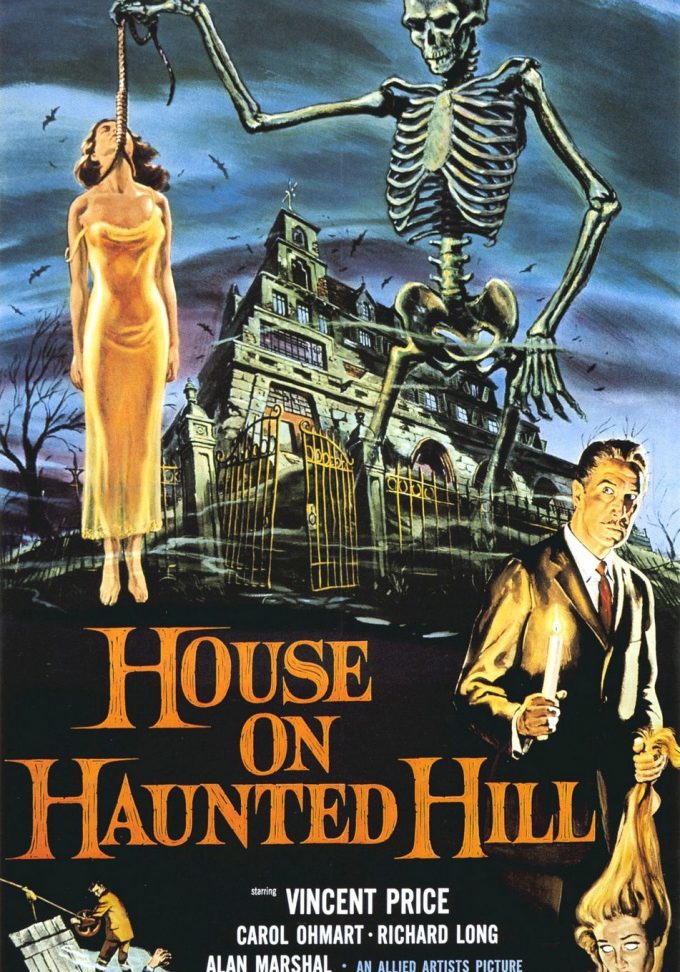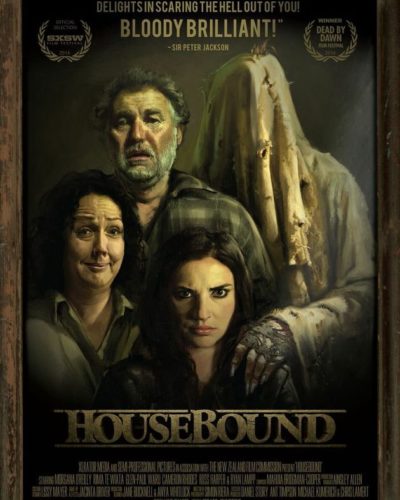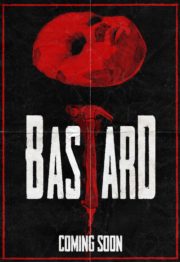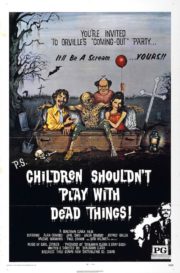Invitation to Terror: “House on Haunted Hill”
“I’m Frederick Loren, and I’ve rented the house on haunted hill tonight so that my wife can give a party. A haunted house party. She’s so amusing. There’ll be food and drink and ghosts… and perhaps even a few murders.”
With this chilling invitation from Vincent Price’s character, viewers find themselves ensnared in the 1959 classic “House on Haunted Hill,” a paragon of camp horror cinema. Directed by William Castle, known for his theatrical gimmicks, the film takes its audience through a night of deathly thrills as five strangers are lured into a sinister mansion with the promise of $10,000 if they survive until morning. The story unfolds with macabre twists, as guests, each bearing their own secrets, navigate a labyrinth of terror and deception.
A Masterclass in Macabre Mood
William Castle’s mastery in setting up an eerie atmosphere is paramount throughout the film. Feeding on a diet of suspense and a perpetual sense of foreboding, rather than shocking visuals, “House on Haunted Hill” adeptly capitalizes on the fear of the unseen. The house itself becomes a menacing character, with each shadow and creaking door amplifying the tension.
Castle’s direction is like a maestro conducting an orchestra of fear, delivering deliberate beats of tension and release. His utilization of the resources available at the time, circumventing the constraints of a low budget, resulted in a final product that is as much about imagination as what is shown on screen.
Cinematic Hauntings
Though limited by the era’s technological capabilities, the cinematography of “House on Haunted Hill” delivers an uncomfortable claustrophobia. Stark lighting and a grey-tinged color palette create an ambience ripe for horror. Innovative for its time, the film’s creative use of camera angles—often from low or high positions—evokes a sense of distortion and unease, making the house’s interior seem as distorted as its guests’ looming fates.
The sometimes campy special effects, including the pulley-operated ‘Emergo’ skeleton, were less about realism and more about interaction with the audience, a Castle trademark. Today, they confer a nostalgic charm that adds to the film’s allure.
Sounds of Suspense
The aural landscape of “House on Haunted Hill” is a tapestry of chilling sound effects and a soundtrack that hinges on the edge of dread. Moments of echoing footsteps, ghostly wails, and a menacing musical score by Richard Kayne and Richard Loring play pivotal roles in enveloping the viewer in the film’s eerie atmosphere. Strategic silences are as effective here as the screams, letting the imagination run wild with what might be lurking in the dark.
Acting on the Edge of Fear
At the center of the narrative stands Vincent Price’s nuanced performance, perfectly balancing sophistication with a lurking malice. The supporting cast adeptly embodies a range of personas trapped within this ghoulish situation. While character development takes a back seat to the plot’s sinister machinations, the actors’ responses to the terrors they face feel genuine given their archetypal roles.
Horror Fusion
Playing upon elements of both psychological and supernatural horror, “House on Haunted Hill” challenges the conventions of a singular genre focus. It cleverly interweaves the two, leaving the audience questioning the source of the horror they’re witnessing—whether born from human malevolence or spectral vengeance.
The film’s ability to frighten rests in its psychological manipulation and strategic jump scares more than in gore or violence. Its methods are more suggestive than explicit, allowing viewers’ imaginations to fill in the grisly blanks, a technique that proves rather effective despite the occasional dip into melodrama.
Legacy of Fear: Final Judgment
In examining the enduring appeal of “House on Haunted Hill,” one must acknowledge its layered approach to terror that fuses the tangible with the psychological. While not ‘scary’ by modern standards laden with graphic content, the film excels in igniting a primal fear of the unknown and unseen, inducing a lasting unease.
It also toys with themes of greed, betrayal, and the facade of civility, presenting a morbid satire of societal norms buried within its narrative. This subtext remains relevant, resonating with audiences looking for depth beyond scares in their horror viewing experience.
For enthusiasts of classic horror, “House on Haunted Hill” offers a delightfully sinister rendezvous with the past. Its influence is traceable through subsequent decades of the genre, having left its spectral imprint on countless haunted house tales that followed. Casual viewers may find themselves entranced by the film’s camp charm and vintage stylings.
This creepy cinematic relic is a must-see for those who appreciate the genre’s history, serving as a testament to the psychological prowess of early horror films. It might not be for those craving visceral horror or state-of-the-art effects, but for a night of nostalgic frights and atmospheric chills, Frederick Loren’s haunted house party is one invitation you won’t want to decline.
Content Warning: While relatively tame by today’s standards, some viewers might still find the film unsettling due to its themes and suspenseful nature.




